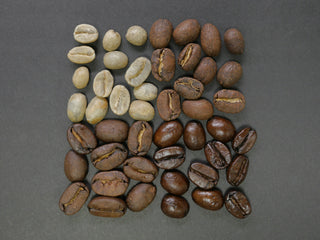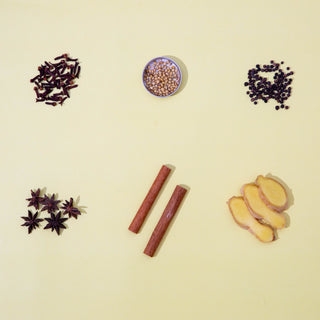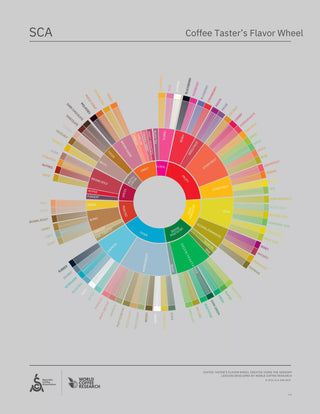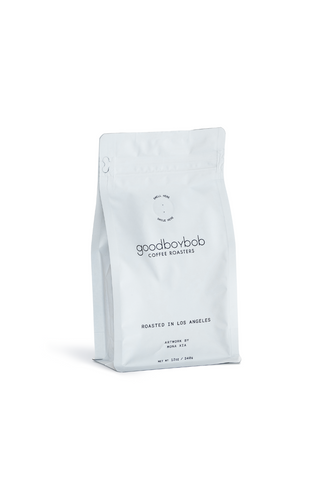
The Robusta Backstory
Lurking in the shadows of the specialty coffee world, hidden in tins of instant coffee, is Robusta, the uncelebrated counterpart to Arabica coffee. Is Robusta coffee’s lack of appeal warranted, or simply the byproduct of effective marketing for its famous sister? Will there come a time when Robusta coffee can compete alongside Arabica in the specialty coffee industry? What even is Robusta coffee? Join Goodboybob in our deviation from the celebrated norm that is Arabica coffee to learn about Robusta coffee and its rise in popularity today.
Table of Contents

What Is Robusta?
Coffea canephora, commonly known as Robusta, is one of the most widely cultivated species of coffee in the world, second only to Arabica coffee. Robusta, which earned its nickname due to its resilient nature, was first found in the central and western regions of sub-Saharan Africa. Although Robusta thrives in specific regions that boast low altitudes, tropical climates, and high rainfall, it isn’t as sensitive as Arabica is to its preferred set of growing conditions. Robusta’s high caffeine content acts as a natural pesticide, making it less susceptible to pests and diseases, and its proclivity for lower altitudes also makes it easier to cultivate.

What does it taste like?
Robusta is intense, and in an era where boldness is appreciated, intensity isn’t necessarily a bad thing. It’s characterized by a deep, earthy taste and a bitter-sweetness, with hints of nuttiness and chocolate. It is far less delicate than Arabica coffee and also has a more pronounced mouthfeel. What it lacks in complexity, it makes up for in high caffeine content, containing about twice as much caffeine as Arabica. Some people in Europe and Asia even prefer using it for espresso.

Why the sudden interest?
With the effects of climate change posing challenges for coffee producers, Robusta offers a cost-effective alternative to farmers looking to diversify their crops. As Arabica prices continue to surge and supply chains become increasingly convoluted, Robusta's resilience to the effects of shifting weather conditions offers a sense of security to farmers. Not to mention, Robusta coffee is significantly less expensive than Arabica coffee, making it appealing to producers and consumers who value affordability.

Will Robusta ever be as popular as Arabica?
With enough care, anything is possible. Robusta’s reputation for harboring undesirable traits isn’t exactly fair; it was historically groomed to be a commodity item, valued for its functionality rather than its quality. With the Arabica Q Grading Program in place, harvesting Arabica beans became a meticulous process where only the ripest cherries are picked; damaged, overripe, underripe, and defective beans are discarded. This meticulous selection process maintains the desirable flavor profiles of Arabica beans, a standard not reserved for Robusta.
In conclusion
Today, the Coffee Quality Institute (CQI) is establishing quality standards for Robusta coffee through the Q Robusta Program, an initiative aimed at improving Robusta’s quality and marketability. By setting quality standards and evaluating aspects such as aroma, flavor, and acidity, the program seeks to enhance Robusta's reputation and value in the global market.
Robusta’s renaissance has been a long time coming. By honoring its unique qualities, affordability, and emphasizing quality standards for this resilient bean, Robusta has the potential to compete alongside Arabica, providing us with even more opportunities to enjoy our favorite beverage.







